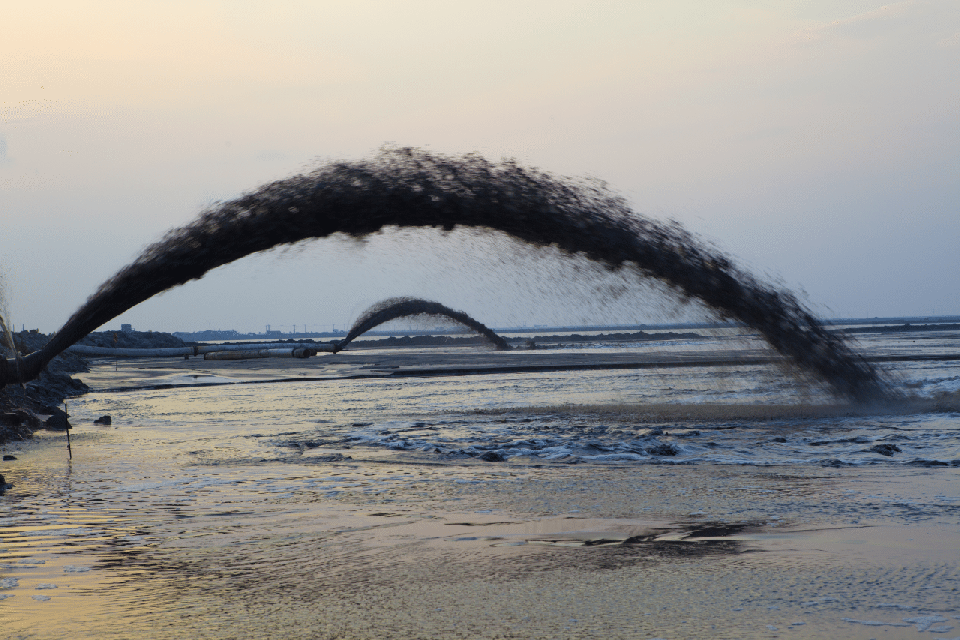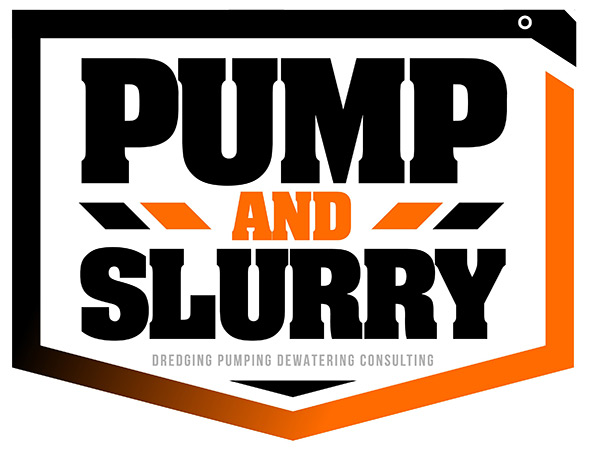Permit Services for Dredging Projects
Projects that involve water, waterways, streams, creak beds, lakes, marinas, shoreline all require numerous permits from all levels of Government.
Consulting Services |
GET STARTED
Contact us about dredge engineering, equipment, pumping, and dewatering to
meet your contract
requirements.
Permits for Dredging
Major effort and planning is required to get the permits for your dredging project. Any errors on the permit documents can require time for corrections that will delay your project. It is best to use our permitting service so your project is delivered on-time and on-budget for your stakeholders.
- Sampling & Analysis Plan
- Environmental Documentation
- Dredging & Disposal Plan
- Proof of Legal Interest
- Federal Consistency Determination or Certification
- Sediment Characterization Study

Watershed Project Permitting
These agencies manage regulatory compliance and give permits for your project
- City/County Planning Dept. & CEQA Review
- City/County Environmental Health Department
- Water/Irrigation Flood Control District
- California Department of Fish & Game
- State Water Resources Control Board of Water Rights Quality/Division Division of Water
- Regional Water Quality Control Board
- National Marine Fisheries Service
- US Army Corps of Engineers
- California Coastal Commission
- National Environmental Policy Act
- California Reclamation Board
- U. S. Fish & Wildlife Service
Dredging Projects That Require Permits
- Project Involves bank stabilization or erosion control?
- Require the removal of trees or riparian vegetation?
- Involve planting riparian vegetation?
- Affect native plants, wildlife or fisheries?
- Result in stormwater discharge into the creek?
- Divert or obstruct the natural flow; or change the natural bed or bank of the creek
- Involve repair, rehabilitation or replacement of any structure or fill adjacent to creek?
- Involve building any structure adjacent to the creek
- Involve fish and wildlife enhancement, attraction or harvesting devices and activities?
- Use materials from a streambed (including but not limited to boulders rocks, gravel, sand and wood debris?
- Require the disposal or deposition of debris, waste, or any material containing crumbled, flaked or ground pavement with a possibility that such material pass into the stream
- Involve the removal of any materials from a stream or adds fill to the stream?
- Involve grading or fill near the creek?
- Involve a bridge or culvert?
- Involve utility pipe lines?
- Involve a septic leach field near the creek
- Require a water well near the creek?
- Involve work within historic or existing coastal wetlands?
- Remove water from a creek for storage or direct use on non-riparian land?
- Require that hazardous materials be generated and/or stored on site?
- Involve a land disturbance of five acres of land
- Involve a creek or stream with species listed as endangered or threatened?
Geotechnical Dredging Site Investigation
The objective of a geotechnical dredging site investigation is to obtain the most complete and accurate estimate of the location and character of the materials to be dredged within the limits of practicality and available time and money. This information must then be communicated in a readily understood manner to all persons involved in the design, planning, cost estimation, and construction of the project. A site investigation for dredging consists of studies of all available existing information that, when necessary, is augmented by geophysical and geotechnical sub-bottom investigations (including the sampling and testing of sediments and rock). The term “dredged material” refers to material dredged from a water body, while the term “sediment” refers to material in a water body prior to the dredging process. The terms “sediment” and “soil” are used interchangeably in this manual as implied by the American Society for Testing and Materials (ASTM D 653) definition of soil as “sediments or other unconsolidated accumulations of solid particles produced by the physical and chemical disintegration of rocks, which may or may not contain organic matter.” These data are summarized in an estimated geotechnical sub-bottom profile. The validity of the estimated profile is dependent on the type and amount of site investigation made and on the knowledge and skill of the interpreters of the data.
The persons and groups involved in site investigations for dredging operations include geotechnical engineers, geologists, environmental engineers, biologists, estimators, coastal engineers, project engineers, and commercial testing laboratories. These groups have diverse technical backgrounds, and each group has its own internal sediment and rock investigation, description, and classification methodology. Site investigation objectives and strategies within and among these groups differ and often do not convey specific dredging-related information. Testing methods among the various groups also vary. Because of the large sums that will continue to be spent on dredging, there is a need for understanding by all of the participants in a dredging project of the rationale for a site investigation strategy, the objectives of the strategy, and the conventional geotechnical methods for site investigation, sampling, testing, and analysis of data.
The practical development and implementation of a site investigation strategy for a dredging site involve making decisions to answer the following specific questions
a. What should be the scope of the investigation?
(1) Is existing information about the subsurface condition at the site sufficient?
(2) Will a geophysical exploration be useful?
(3) Are sampling and/or testing at field exploration sites needed?
(4) If a field investigation is needed, how many individual exploration sites should be used?
(5) Where should the exploration sites be located?
b. What should be done at each individual exploration site?
(1) How many samples and/or field tests should be made in the vertical reach?
(2) What kind of samples and/or field tests should be made?
(3) Would a boring or a test pit be used? If a boring, what kind of boring?
(4) What kind of work platform should be used?
(5) Which laboratory tests should be made on the samples?
(6) Will all samples be laboratory tested? If not, which criteria will be used to describe/classify them?
Significant Sediment Properties
The geotechnical soil properties must be established for each sediment deposit in the dredging prism to determine dredgeability and placement characteristics. The term “dredgeability” is taken to mean the ability to excavate underwater, remove to the surface, transport, and deposit sediments with respect to known or assumed equipment, methods, and in situ material characteristics. Determination of the sediment placement characteristics is sometimes necessary for predicting the behavior of the dredged material after placement (that is, establishing effective stress/void ratio relationships for calculating consolidation behavior for long-term CDF capacity calculations).
The geotechnical soil properties must be established for each sediment deposit in the dredging prism to determine dredgeability and placement characteristics. The term “dredgeability” is taken to mean the ability to excavate underwater, remove to the surface, transport, and deposit sediments with respect to known or assumed equipment methods, and in situ material characteristics. Determination of the sediment placement characteristics is sometimes necessary for predicting the behavior of the dredged material after placement (that is, establishing effective stress/void ratio relationships for calculating consolidation behavior for long-term CDF capacity calculations).
GET STARTED
Contact us about dredging consulting, equipment, pumping and dewatering to meet your contract requirements.




